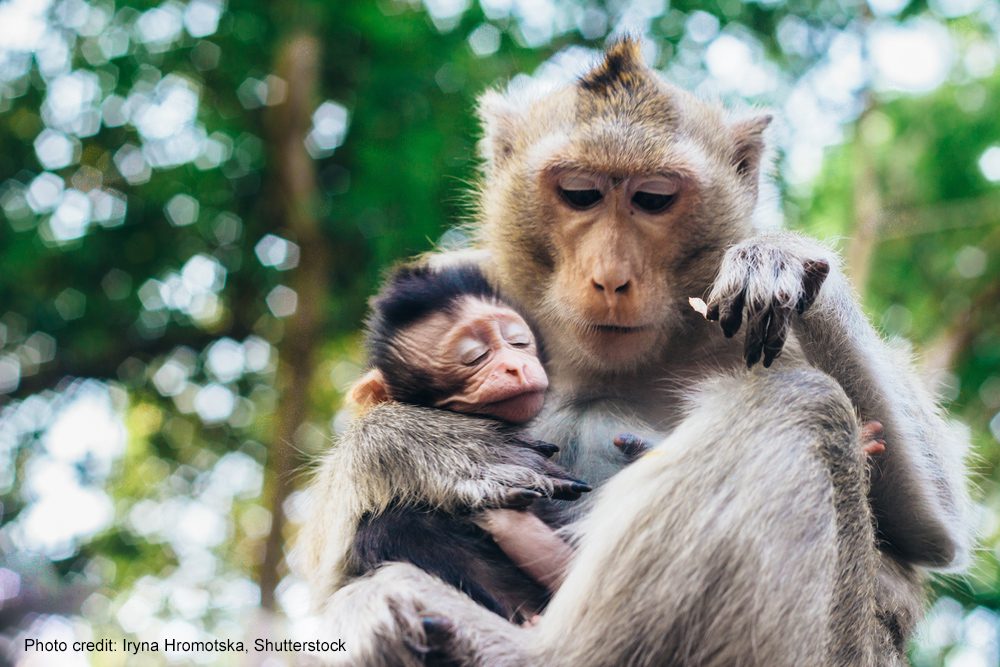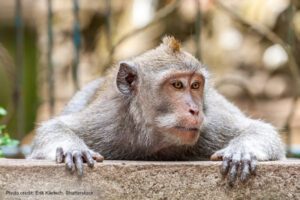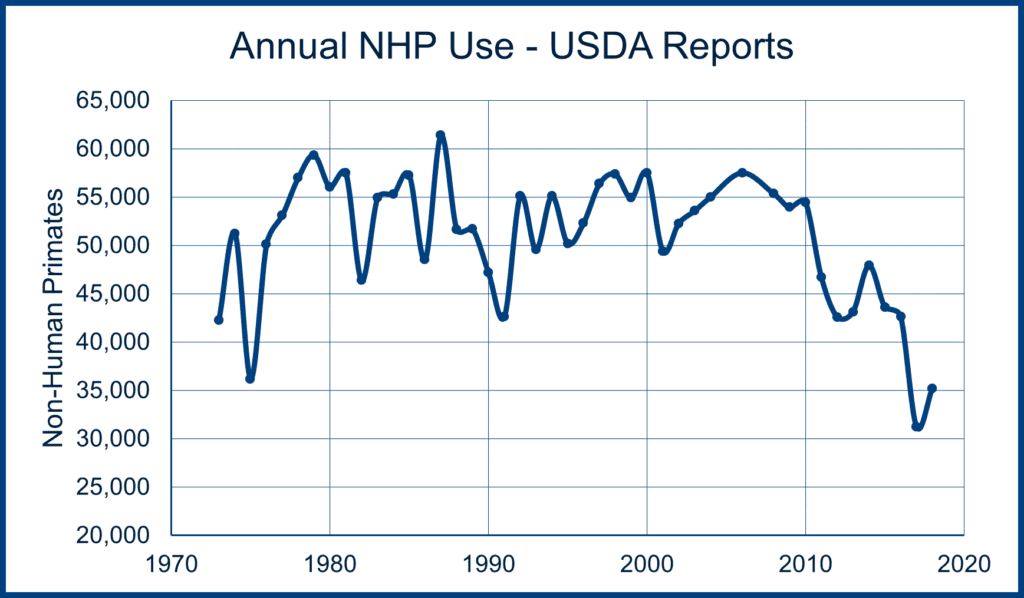
Jun 05, 2023 Laboratory Primate Supply
Plus ça change, plus c’est la même chose
(The more things change, the more they stay the same)
Historical Context. On October 4, 1957, the Soviet Union launched Sputnik I into space. I remember, as a boy looking for the moving light spot that was the satellite crossing the night sky. Sputnik’s launch was a challenge for the US. President Eisenhower was concerned that the US was losing its scientific and technological edge over its major global rival and set in motion several initiatives to address the perceived gaps in US science education and research. One focus was on science education, leading to the revision of high school science curricula. Another related initiative was the establishment of the seven US primate research centers. The USSR had established a primate research center in Sukhumi, Georgia, in 1927, and some US scientists took advantage of the anxiety occasioned by the Soviet Union being the first in space to campaign for a primate research center in America. Three years after the Sputnik launch, the US Congress authorized funding for seven primate research centers spread across the country in Massachusetts, Georgia, Louisiana, Wisconsin, California, Oregon, and Washington. The centers received funding to pursue their research projects but were formally affiliated with a local university and were expected to facilitate and support research on primate models by investigators at their affiliated university and all the neighboring research centers.
 Early Supply. In those early days, primate supply was usually not a problem, even though India briefly banned the export of rhesus monkeys in 1955 because of the high mortality of the animals during capture and transport. However, since the non-human primates (NHPs) played a critical role in developing the Salk and Sabin polio vaccines, India was persuaded to reinstate the export program but only with certain caveats. India insisted that the rhesus monkeys be used humanely and only for medical research, vaccine development, and production. The US Surgeon General was also required to sign a certificate of need for each order of rhesus monkeys. This agreement lasted for the next twenty years, during which hundreds of thousands of rhesus monkeys were exported from India to the United States and Europe for laboratory use. Then, in 1977, a story appeared in the British Guardian newspaper that described the use of (Indian) rhesus monkeys in projects involving the animals being subjected to neutron radiation to simulate the effects of an atomic blast on military personnel. Animal advocates in India (and elsewhere) were appalled by the Guardian story. The Indian government responded by announcing an intention to ban the export of rhesus monkeys beginning in 1978. The supply shock led the US to scramble for alternative primate sources in South Asia.
Early Supply. In those early days, primate supply was usually not a problem, even though India briefly banned the export of rhesus monkeys in 1955 because of the high mortality of the animals during capture and transport. However, since the non-human primates (NHPs) played a critical role in developing the Salk and Sabin polio vaccines, India was persuaded to reinstate the export program but only with certain caveats. India insisted that the rhesus monkeys be used humanely and only for medical research, vaccine development, and production. The US Surgeon General was also required to sign a certificate of need for each order of rhesus monkeys. This agreement lasted for the next twenty years, during which hundreds of thousands of rhesus monkeys were exported from India to the United States and Europe for laboratory use. Then, in 1977, a story appeared in the British Guardian newspaper that described the use of (Indian) rhesus monkeys in projects involving the animals being subjected to neutron radiation to simulate the effects of an atomic blast on military personnel. Animal advocates in India (and elsewhere) were appalled by the Guardian story. The Indian government responded by announcing an intention to ban the export of rhesus monkeys beginning in 1978. The supply shock led the US to scramble for alternative primate sources in South Asia.
New Supply Shock. In 2020, the Chinese suddenly announced they would no longer supply NHPs to other countries despite being a significant exporter of cynomolgus macaques in the previous few years. The Chinese took this step partly because they have been building their primate research program. The US and EU initially turned to Cambodia to compensate for losing Chinese NHP supplies. However, late last year, the US Department of Justice charged Cambodian personnel with falsely identifying their monkeys as bred in captivity when acquired from wild populations. An article in Science reported that the indictment would likely exacerbate the NHP shortage.
Two reports addressed and confirmed the current “crisis” in laboratory primate supply in May this year. The US National Academy of Sciences published one, and the other was produced under a contract for the European Commission. Europe has for some years emphasized breeding programs to support the supply of laboratory animals rather than relying on wild-caught animals (who have unknown disease backgrounds). Hence, the EU report focused on the feasibility of ending the importation of wild-caught primates for research by producing primates for laboratory research from European breeding colonies. The EU does not use many NHPs (only 4,784 were used in 2020). Therefore, the more expensive domestic breeding colonies option may be viable once the current supply shock is resolved.
 The ongoing uncertainties in NHP supply have also renewed explorations of the feasibility of establishing additional breeding programs in the United States that could guarantee a steady supply of NHPs for basic medical research, drug development and safety testing, and vaccine research and production. From 1980 to 2010, the annual use of non-human primates in US laboratories fluctuated from 50-60,000*. From 2010 to 2018, according to USDA numbers (see the chart below), annual NHP use in American laboratories fell by around 40% to 35,000. The average annual supply of primates for those fiscal years was 31,000 by imports and 5,000 from breeding programs in the US.
The ongoing uncertainties in NHP supply have also renewed explorations of the feasibility of establishing additional breeding programs in the United States that could guarantee a steady supply of NHPs for basic medical research, drug development and safety testing, and vaccine research and production. From 1980 to 2010, the annual use of non-human primates in US laboratories fluctuated from 50-60,000*. From 2010 to 2018, according to USDA numbers (see the chart below), annual NHP use in American laboratories fell by around 40% to 35,000. The average annual supply of primates for those fiscal years was 31,000 by imports and 5,000 from breeding programs in the US.
Therefore, the supply of NHPs for laboratory research appears for 2017, and 2018 is close to the reported use. However, in 2020, NHPs were diverted to support Covid vaccine development and testing programs. This sudden and unexpected diversion may be responsible for the recent gap between supply and demand and may have led to the substantial recent increase in the price of NHPs.
The US National Academy report (2023) comments on the importance of NHP models for health research. Unusually, the report discusses the potential to replace NHP models with New Approach Methods (NAMS), including new micro-physiological systems using human stem cells. For example, Johns Hopkins Center for Alternatives to Animal Testing (CAAT) has developed brain organoids using human cells to investigate specific characteristics of Covid19 infections. CAAT suggests such organoids might be helpful as possible non-animal replacements in neurological research.
Research on non-human primates has been a particularly contentious arena in debates over medical research. Researchers argue that NHPs are particularly useful because their anatomy and physiology are very similar to that of humans. Animal advocates counter that if NHPs are similar, they should be accorded additional well-being protections before and if used in research projects. In 2015, for example, the ethical questions of NHP use trumped the claims of research utility, leading to the ending of the use of chimpanzees in American laboratories.
The use of animals in research and the associated challenges over research animal supply and demand will not end soon. These issues are recurring and are characterized by passionate debate. Even though new technologies offer new opportunities, the more things change, the more they stay the same.
*Note: there are over 100,000 primates in research facilities in the United States, but not all of these animals are used in research, testing, or teaching. For example, animals kept in a breeding program or maintained at a research facility are not identified in US Department of Agriculture (USDA) reports as being used in research.


